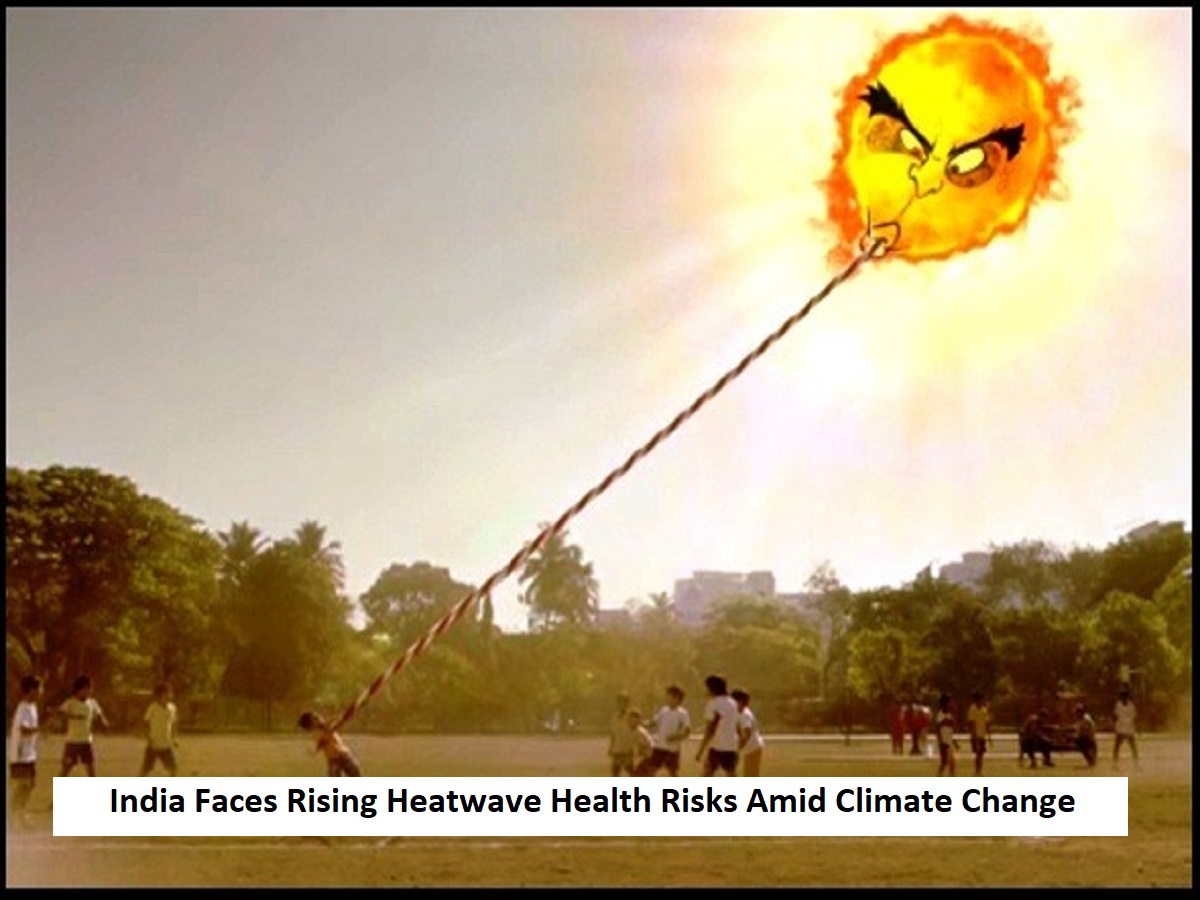
As a consequence of climate change, both the duration and intensity of summers in India is increasing at an alarming rate. Heatwaves are happening more frequently and with greater intensity, which is constantly straining public health resources. The consequences of this include dehydration, long term cardiovascular strain, and stroke.
The scope of heat waves has expanded to almost all regions of India, compared to its prior focus on northern plains. Not to forget, coastal cities such as Mumbai which used to be on the cooler side of the spectrum, are now facing overwhelming numbers of heat related emergencies. To add some context, this is what the Sandeep Gore, the Director of Emergency Medicine at Fortis Hospital Mulund and the Chairman of the Emergency Medicine Council at Fortis Healthcare had to say: “Climate change has turned into a public health emergency. Even coastal cities like Mumbai, traditionally cooler, are now seeing a rise in heat-related emergencies.”
In April last year, Mumbai experienced a massive spike in heat stroke patients coming into the emergency rooms, a condition so uncommon for the region. Dr. Gore advocates that these patients receive proper follow up care, as most patients simply do not make it out alive due to the delayed care.
What Exactly is a Heatwave
With the advancements or rather deterioration of civilization, the definition of a heatwave has changed even in India. According to IMD (India Meteorological Department) heatwave zone now encompasses:
Coastal region with temperature over 37 degrees Celsius
Hilly region above 30-32 degrees Celsius
35 degrees and above for the rest
In coastal cities such as Mumbai, the high humidity coupled with tropical conditions could lead to any ‘sweat’ induced cooling to be rendered useless, which subsequently results in further internal temperature increase.
Identifying Heat-Related Illness: Severity Index
Heat-related illnesses typically have a common chronological order. Early symptoms include:
Dehydration
(forced) Fatigue
Muscle spasms (heat cramps)
Individuals may later develop heat exhaustion, characterized by:
Nausea and/or vomiting
Over-sweating
Lethargy
The most severe condition is heat stroke, which occurs when an individual has a core body temperature above 40°C (104°F). Some symptoms include:
Disorientated / confused
Hallucinations
Unconsciousness
As Dr. Gore explains, “Prompt treatment at the heat exhaustion stage can prevent heat stroke and reduce the risk of severe complications.”
Which People Are Most Susceptible?
Certain groups are at more risk of suffering from heat related illnesses:
The elderly or Children
Outdoor sportsmen and laborers
Obese individuals
Those drinking large amounts of alcohol
Even short periods of high temperatures can be harmful for these people.
Step During Heat Waves By Dr. Gore
Block taking walks or engages outside between 11:00 AM and 04:00 PM.
Drink great quantities of water, ORS and natural juices, as well as eat.
Light colored loose fitting clothing must be worn.
Where air conditioning is available, it must be used.
Animals and people must not be left unattended in parked vehicles unless AC is active.
Physically intensive activities should be done in the provided cooler hours.

 Share
Share



